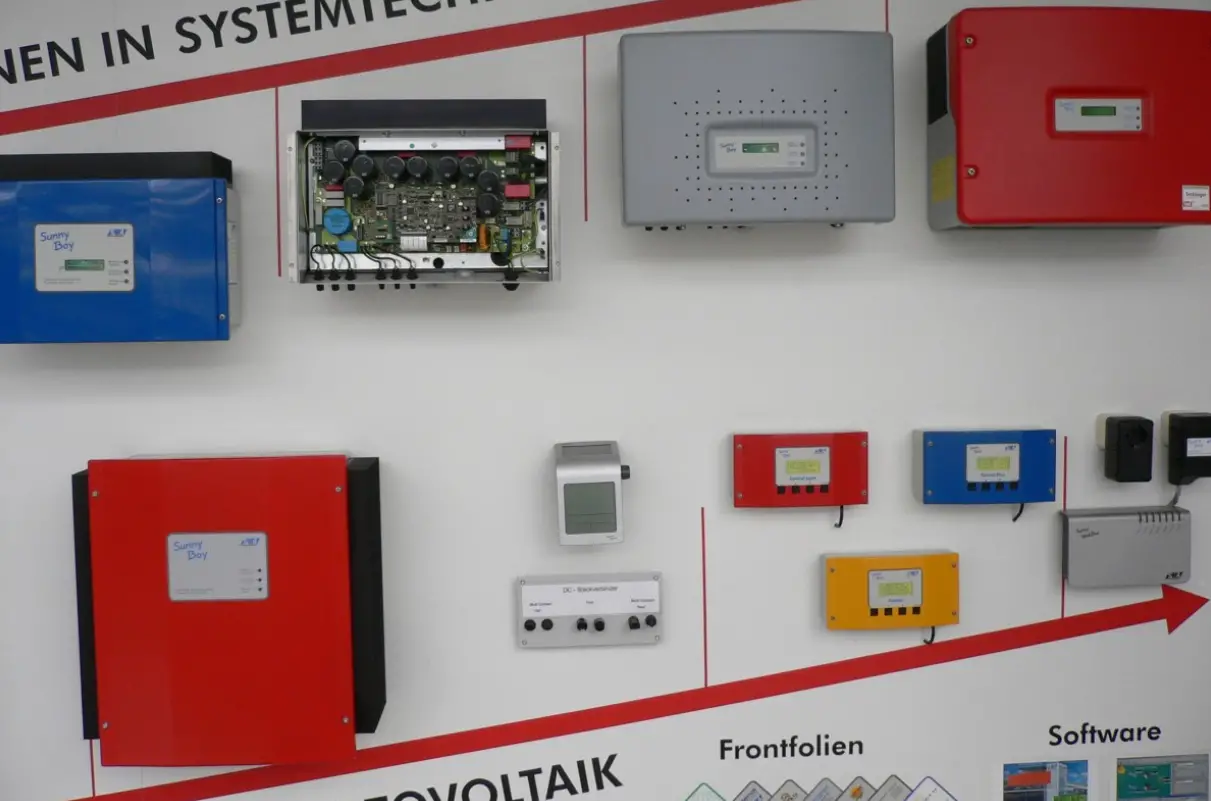
In this complete guide, we show you how to size solar inverter for your power system without complicated math. Choosing the right inverter helps the system handle direct current load and convert it to AC power.
You can't just guess or ball park it, otherwise it can get dangerous. So here is how you size it properly:
What Is A Solar Inverter
An inverter converts DC power from the solar panel to useable AC (Alternating Current) power.
AC power is the standard 120V wall outlet you plug most of your devices in.
Let's show you an easy way to size your system without feeling like starring at the spec sheets
Inverter Specs To Pay Attention To & Make Sense Out Of It
If you are not an electrician you probably felt like seeing a different language when staring at an inverter's spec sheet. But you don't have to be and we will make it simple for you here:
Inverters are rated in watts or continuous watts. The bigger the inverter size the more it can handle.
Continuous Watts - Size Based On This Value
Continuous Watts is the total amount of power the inverter can support. For example, a 4000 W inverter can power up to 4000 W continuously.
You can size your inverter based on the continuous watt rating.
How to make sense of this spec? If you run 2 4000 W devices AT THE SAME TIME, then you need an 8000 W inverter. Just add up all the appliances you could be running at the same time.
Surge Watts
Surge Watts is the amount of power an inverter can support for a short time period.
How short? momentary... a few seconds.
A 2000 Watt inverter rated at 4000 surge watts can handle 4000 W during spikes such as starting a motor.
How to make sense of this spec? Make sure the surge watt rating must be EQUAL or GREATER than the potential surge an appliance could induce. Most appliances have stickers in the back listing this rating.
Now what?
We take the surge watt value X2 to determine the minimum surge watt the inverter needs to be for surge protection.
So if you have a 4000 W device, then you need an inverter a little over 4000 surge watts rating
Input Voltage - Keep Everything The Same
The input voltage matters when you choose between 12V, 24V or 48V system. This is the easy part!
Voltage MUST stay the same for:
- Solar panel
- Inverter
- Battery
Using different voltage across your system is just not scientifically possible or a thing.
Learn More: 12V vs 24V vs 48 V
Length Of Wire & Inverter Performance
Above all, the wire distance between solar panels and battery do matter.
The longer the wire the lower the inverter voltage should be to perform optimally.
Why?
Long wires cause voltage drop and the current increases
Using Multiple Inverters- Stack To Support More Power
When you consume more power than one inverter can handle, and this is where you can add another one to your system.
We call using "multiple inverters"- inverter stacking for more power and higher voltage.
If 2 compatible inverters are connected via parallel you can 2X your power.
For Example, if your consumption is 8000 W, you can connect 2 4000 W inverters together to support the load (Or 4 2000 W inverters, highly recommend just get the largest one instead of having too many smaller ones)
